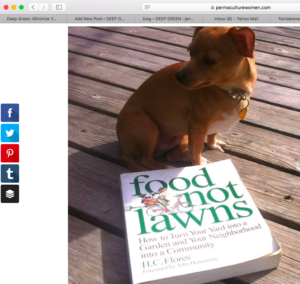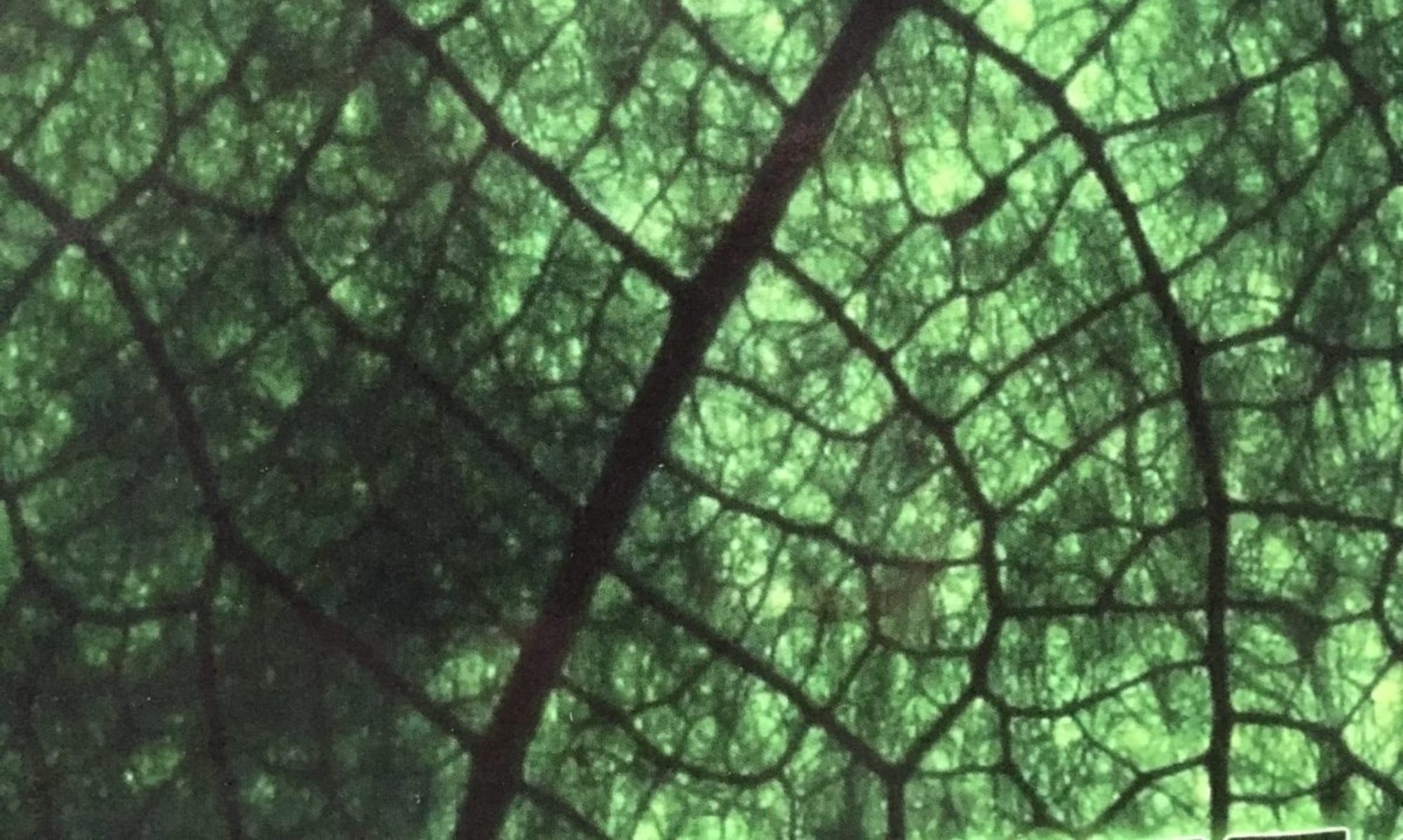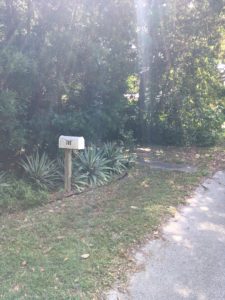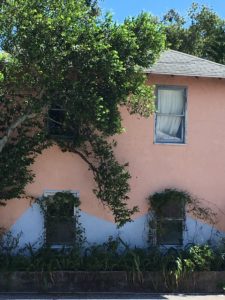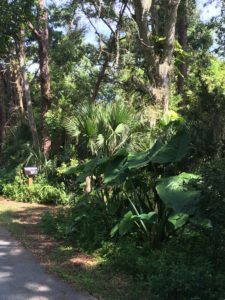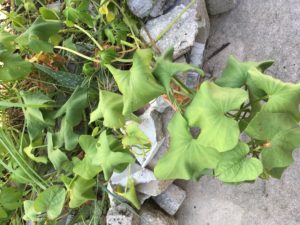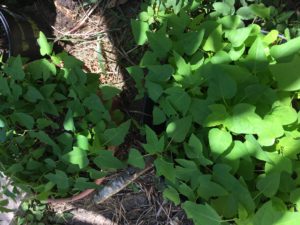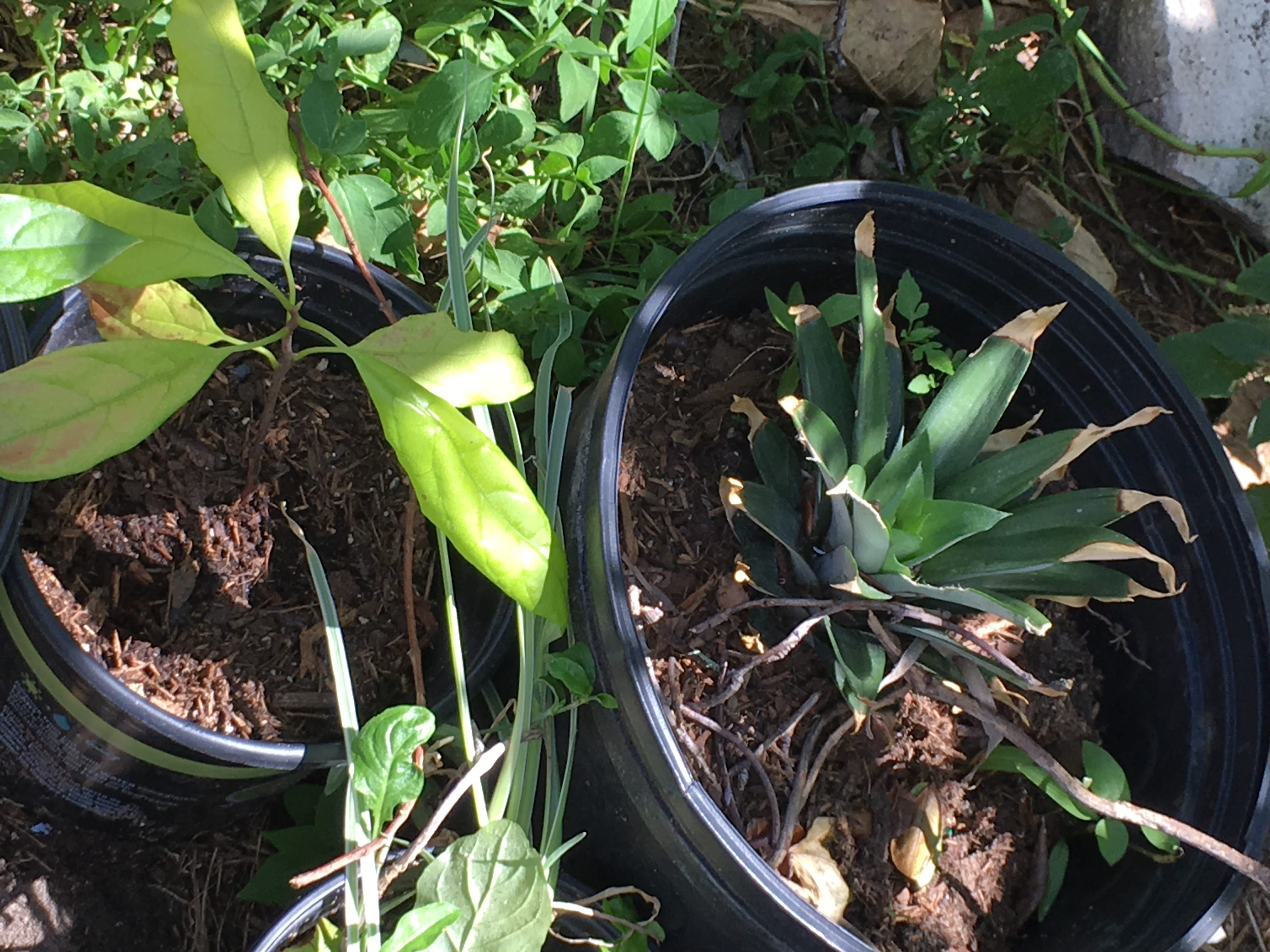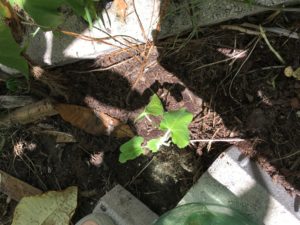As I was checking a new post, I happened to notice that this blog has five subscribers. Five is a nice number, in the same family as three or seven for me. Numbers I’ve always felt an affinity for.
I’m amazed that there are bloggers and YouTubers and others out there with five hundred or five thousand or five million viewers. It just blows my mind. How does anyone even get there?
But right now, I don’t care about the answer to that question. Five subscribers is huge to me. It’s a group of people; an audience. I feel an obligation to provide quality and substance. Five. A number of readers I can feel. Five pairs of eyes. Five minds. Connected through this blog and (presumably) an interest in the topic.
As a kid, starting when I was maybe 12 years old, I loved to sit in my room at night and listen to the radio. (King Biscuit Flour Hour; Dr. Demento — for those seeking historic context.) Sometimes I’d be reading at the same time; more often drawing or writing.
On summer nights especially, the whole night felt alive. I felt this connection between the DJ, the other listeners, whoever they were and however many — thousands? millions? — and myself. Though I didn’t think of it consciously, looking back I realize I always felt somehow that we formed a living pulsing net, stretched across the USA (though it was FM radio and that’d be impossible).
My room, by the way, was pure 1976 tween/teen girl. Posters of gymnasts: Olga Korbut! Nadia Comaneci! Artwork and magazine clippings tacked to the cork bulletin board on my closet door. Blacklight fuzzy velvet poster of a puma crouched on a tree limb. And of course an Elton John poster. My favorite album was Captain Fantastic. In case you were curious!
On summer nights especially for some reason, the ceiling of my room seemed like an artificial barrier, visual only. My mind was fully merged with the sky and stars and wind and the music on the radio. Radio is magic like that; I still feel that way.
And now here we are in the age of blogging, videoing, TED-talking. People who were once just folks like you and me, suddenly attract audiences of thousands or millions in a flash. A thousand likes; a million views; “It went viral”!
And yet, for me, having five subscribers to this blog is huge. Huge! Maybe someday it’ll be 10. 20. Maybe even a hundred or a thousand or more, who knows. But right now I don’t care about that; I am simply humbled and thrilled and amazed to have FIVE readers who actually care enough to subscribe. Anonymous, known in number only, we are nonetheless all connected. By our similarities, sure, but also by our differences. Like the radio listeners on some summer night 40 years ago, when the world was younger and the possibilities seemed to widen out forever.
Though I get discouraged by things sometimes, and I’m sure you do too, in my heart I still feel that the possibilities widen out forever. And that the world can be as young as we make it. I’m here for you guys. My five subscribers. Literally, I’m here for you! Thank you and God/dess bless you on our journey.
